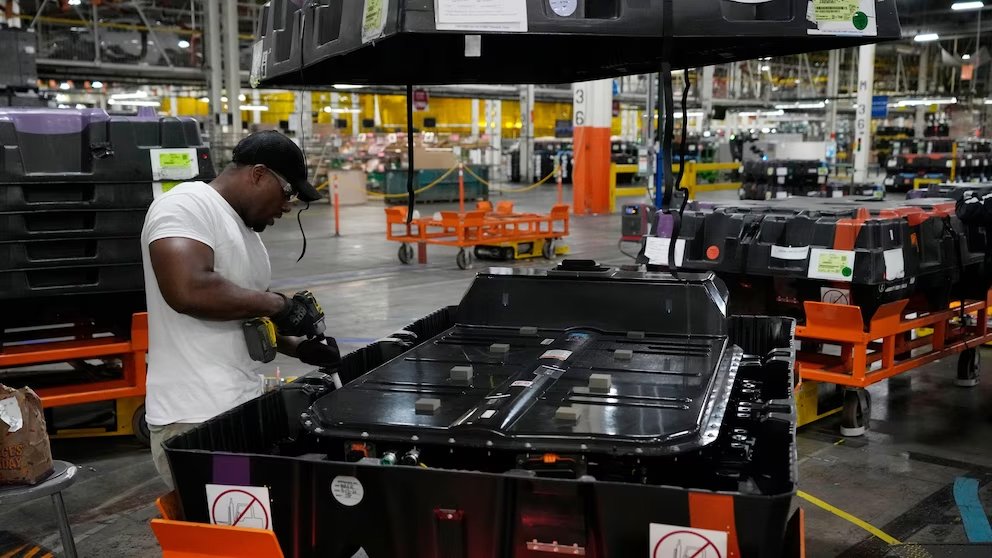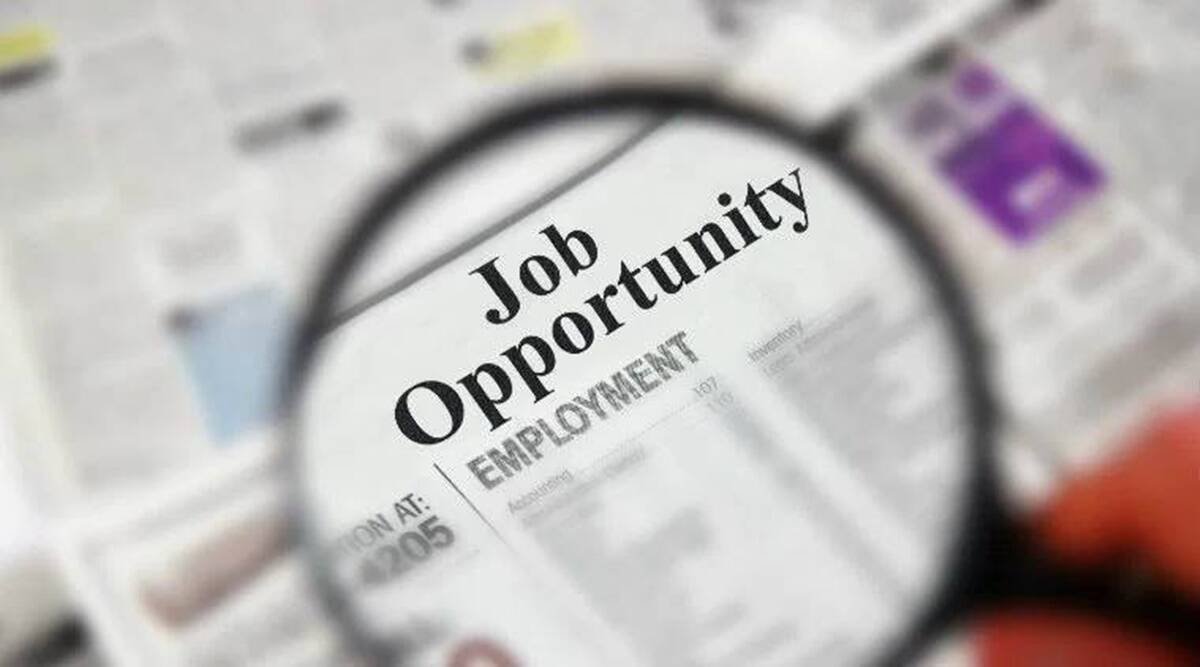WASHINGTON, July 29 (AP): Signs that inflation pressures in the United States are steadily easing emerged Friday in reports that consumer prices rose in June at their slowest pace in more than two years and that wage growth cooled last quarter.
Together, the figures provided the latest signs that the Federal Reserve’s drive to tame inflation may succeed without triggering a recession, an outcome known as a “soft landing.”
A price gauge closely monitored by the Fed rose just 3% in June from a year earlier. That was down from a 3.8% annual increase in May, though still above the Fed’s 2% inflation target. On a monthly basis, prices rose 0.2% from May to June, up slightly from 0.1% the previous month.
Last month’s sharp slowdown in year-over-year inflation largely reflected falling gas prices, as well as milder increases in grocery costs. With supply chains having largely healed from post-pandemic disruptions, the costs of new and used cars, furniture and appliances also fell in June.
The cost of some services, though, continued to surge. Average prices of movie tickets rose 0.5% from May to June, and are up 6.2% from a year earlier. Veterinary services, up 0.5% last month, are 10.5% higher than a year ago. And restaurant meal prices increased 0.4% in June; they’re up 7.1% from 12 months earlier.
A measure of “core” prices, which excludes volatile food and energy costs, did remain elevated even though it also eased last month. Economists track core prices because they are considered a better signal of where inflation is headed. Those still-high underlying inflation pressures are a key reason why the Fed raised its short-term interest rate Wednesday to a 22-year high.
Core prices were still 4.1% higher than they were a year ago, well above the Fed’s target, though down from 4.6% in May. From May to June, core inflation was just 0.2%, down from 0.3% the previous month, an encouraging sign.
A separate report Friday from the Labor Department showed that a gauge of wages and salaries grew more slowly in the April-June quarter, suggesting that employers were feeling less pressure to boost pay as the job market cools.
Employee pay, excluding government workers, rose 1%, down from 1.2% in the first three months of 2023. Compared with a year earlier, wages and salaries grew 4.6%, down from 5.1% in the first quarter.
The Fed is closely watching the pay gauge, known as the employment cost index. Smaller wage increases should slow inflation over time, because companies are less likely to need to raise prices to cover their higher labor costs.
Taken together, Friday’s data “will provide further support to the view that the economy is in the midst of a soft landing,” said Kathy Bostjancic, chief economist at Nationwide. The softer wage data, she suggested, “will be welcomed by Fed officials.”
Americans’ average paychecks are still growing briskly, boosting their ability to spend and underscoring the economy’s resiliency. The inflation report that the Commerce Department issued Friday showed that consumer spending jumped in June, despite two years of high inflation and 11 Fed rate hikes over 17 months. From May to June, consumer spending rose 0.5%, up from 0.2% the previous month.
“Better push out those recession forecasts by another quarter,” Stephen Stanley, chief U.S. economist at investment bank Santander, wrote in a research note.
The inflation gauge that was issued Friday, called the personal consumption expenditures price index, is separate from the better-known consumer price index. Earlier this month, the government reported that the CPI rose 3% in June from 12 months earlier.
The Fed prefers the PCE index because it accounts for changes in how people shop when inflation jumps — when, for example, consumers shift away from pricey national brands in favor of cheaper store brands. And housing costs, which are among the biggest inflation drivers but many economists think aren’t well-measured, carry about half the weight in the PCE than the CPI.
With inflation now steadily cooling, consumers are becoming more optimistic about the economy, a trend that could lead them to keep spending and driving growth.
On Friday, the University of Michigan reported that its consumer sentiment index rose in June to its highest level since October 2021, though it has still recovered only about half of the drop caused by the pandemic. And earlier this week, the Conference Board, a business research group, said its consumer confidence index rose this month to its highest point in two years.
The U.S. economy is in a hopeful but precarious place: A solid job market is bolstering hiring, lifting wages and keeping unemployment near a half-century low. Yet inflation is weakening rather than rising, as it typically does when unemployment is low. That suggests that the Fed may be able to achieve a soft landing.
The Fed’s policymakers, though, are concerned that the steadily growing economy could help perpetuate inflation. This can occur as persistent consumer demand enables more companies to raise prices, thereby keeping inflation above the Fed’s target and potentially causing the central bank to raise rates even higher.
The latest evidence of the economy’s resilience came Thursday, when the government reported that it grew at a 2.4% annual rate in the April-June quarter — faster than analysts had forecast and an acceleration from a 2% growth rate in the first three months of the year.
At a news conference Wednesday, Chair Jerome Powell suggested that the Fed’s benchmark short-term rate, now at about 5.3%, was high enough to restrain the overall economy and likely tame inflation over time. But Powell added that the Fed would need to see more evidence that inflation has been sustainably subdued before it would consider ending its rate hikes.
Powell declined to offer any signal of the central bank’s likely next moves. In June, Fed officials had forecast two more rate hikes this year, including Wednesday’s.
“I would say it is certainly possible that we would raise (rates) again at the September meeting, if the data warranted,” Powell said Wednesday, “and I would also say it’s possible that we would choose to hold steady at that meeting.”












